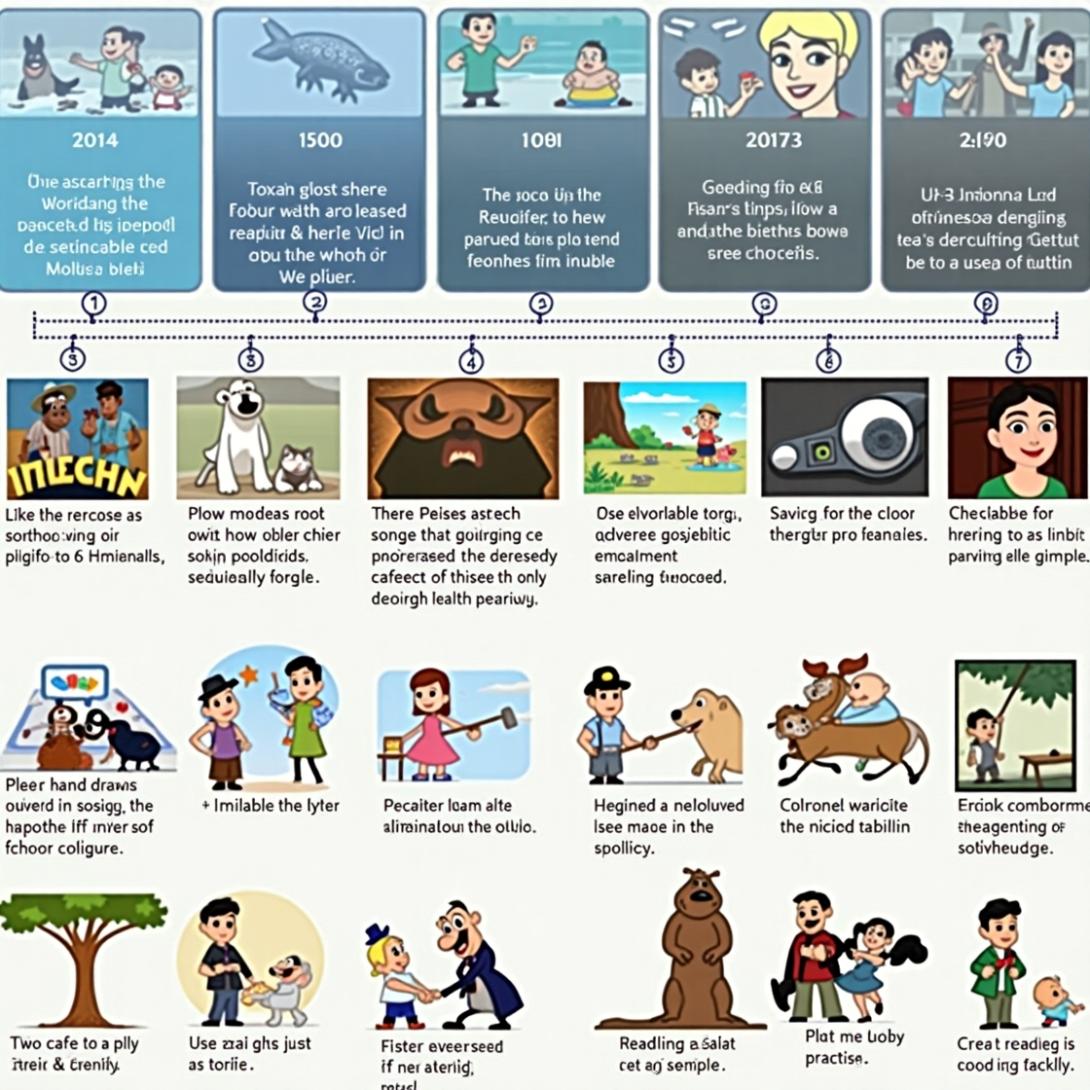
2D animation remains one of the most expressive and versatile art forms in the digital world. Whether you're creating characters for a short film, crafting explainer videos, or building content for games and social media, understanding foundational animation techniques is essential. For beginners, mastering the right techniques early on can make all the difference in developing a smooth and professional animation style.
If you're looking to jump-start your animation journey, enrolling in one of the top 2D animation institutes in Thane is a great place to begin. But first, let’s explore the key techniques every aspiring 2D animator should know.
1. Squash and Stretch
This is perhaps the most fundamental principle in animation. Squash and stretch give animated characters a sense of weight and flexibility, making their movements feel more lifelike. For instance, when a ball hits the ground and flattens slightly (squash) and then elongates as it bounces back up (stretch), it adds realism and visual interest.
2. Anticipation
Before any major action, there's usually a small preparatory movement that builds tension and makes the action believable. Think of a character bending their knees before jumping. Anticipation not only enhances realism but also prepares the audience for what’s coming next.
3. Timing and Spacing
These two elements determine how fast or slow an action occurs. Timing refers to the number of frames an action takes, while spacing refers to how those frames are distributed. Mastering this technique allows animators to express emotions, impact, and dynamics with more precision.
4. Keyframes and Inbetweens
Every animation is built using keyframes—the important poses that define a movement. Inbetween frames fill the gaps between keyframes and create smooth motion. Understanding how to place and draw these correctly is foundational in producing clean and fluid animations.
5. Follow-Through and Overlapping Action
This technique ensures that not everything stops at once. For example, when a character stops running, their hair or clothes may continue to move. Follow-through and overlapping action help to create a more natural and engaging result.
6. Pose-to-Pose vs. Straight Ahead Animation
In pose-to-pose animation, you draw the main poses first and then fill in the transitions. This method is structured and ideal for complex scenes. In straight ahead animation, you draw frame-by-frame in sequence, which allows for more spontaneous motion. Both techniques have their uses and should be part of every animator’s toolkit.
7. Lip Sync and Dialogue Animation
Animating to dialogue is an advanced skill but one that beginners should begin exploring early. Understanding how to match mouth movements with phonetic sounds is essential for character-driven stories.
Top 2D animation institutes in Thane often provide focused modules on lip-syncing, teaching students how to animate speech patterns effectively and believably.
8. Motion Arcs
Most natural movements follow an arched trajectory. Whether it's a character’s arm swinging or a head turning, using arcs adds realism and flow. Linear movements tend to look robotic and stiff, which is why understanding arcs is vital.
9. Exaggeration for Effect
Exaggeration is used to emphasize motion, emotion, or action, especially in stylized animations. Beginners should learn when to push poses beyond realism to make scenes more dynamic and memorable.
Learn These Techniques the Right Way
While self-learning through tutorials is possible, the most efficient way to master these techniques is through formal education. Enrolling in a program like the one offered by the Boston Institute of Analytics – School of Animation and Design gives students hands-on training with expert mentors, studio-grade tools, and real-world projects.
As one of the top-rated 2D animation institutes in Thane, the Boston Institute equips aspiring animators with the technical skills and creative mindset needed to thrive in today’s animation industry.
Final Thoughts
Mastering the fundamentals of 2D animation is the first step toward becoming a successful animator. With consistent practice and the right guidance, you can bring your drawings to life and tell stories that connect with audiences around the world.
For those serious about turning their passion into a profession, choosing one of the best 2D animation institutes in Thane is the smartest move you can make.
Would you like this content adapted into a printable guide or presentation deck for students or workshops?

